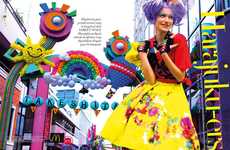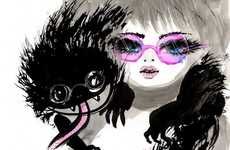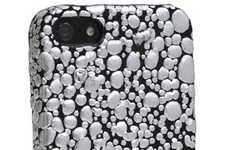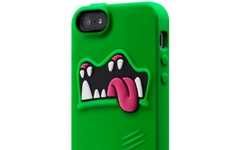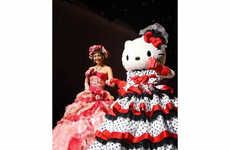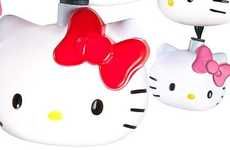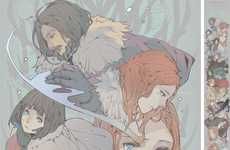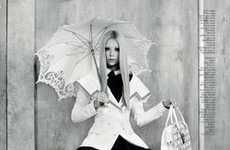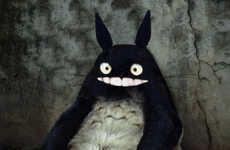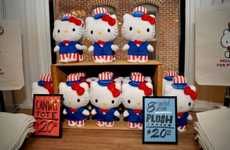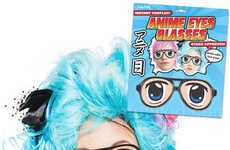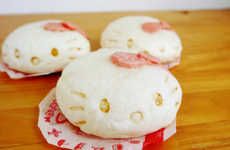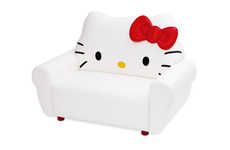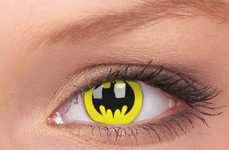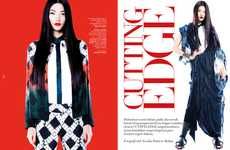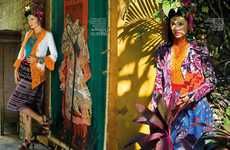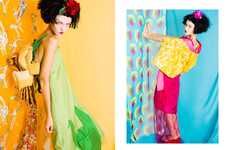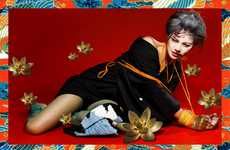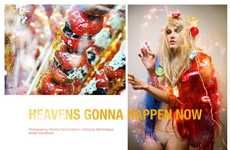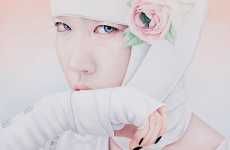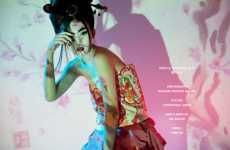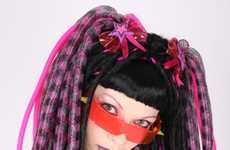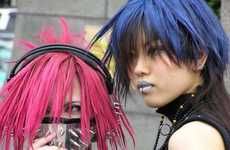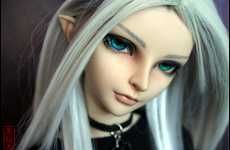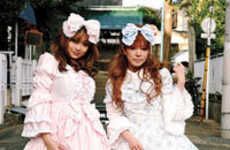



Japanese pop culture creeps back into North American aesthetics
Implications - First brought to the North American mainstream by Gwen Stefani in the mid-2000s, the harajuku aesthetic is well on its way back into pop culture. Extending beyond fashion and into art and design, the updated version of the "kawaii" look is cutesy and hyper-feminine. The exoticism of the look, combined with its childlike feel, make for a welcomed relief from the currently popular, yet cold and hard minimalist aesthetic. Essentially, the revival of harajuku in all forms of design signifies a consumer desire for fun and playfulness.
Trend Themes
1. Harajuku Revival - The revival of the 'Harajuku' trend signifies a consumer desire for fun and playfulness through exoticism.
2. Kawaii Movement - The Kawaii movement has sparked a wave of interest in Japanese pop culture and aesthetic that has translated beyond fashion and into art and design
3. Lolita Culture - The Lolita culture celebrates innocent and sweet fashion that has captivated the Western world with new designers and fashion shows.
Industry Implications
1. Fashion - Designers can integrate the Harajuku trend in their collections to cater to consumers seeking a playful and exotic aesthetic.
2. Beauty and Makeup - The Kawaii movement has brought unique beauty trends and makeup styles that cater to consumers with a love for Japanese pop culture.
3. Photography and Art - The Lolita culture has opened a window for photographers and artists to creatively explore and capture the sugary sweetness in their work.
5 Featured, 45 Examples:
1,218,464 Total Clicks
Date Range:
Jan 12 — Mar 13
Trending:
Warm
Consumer Insight Topics:
